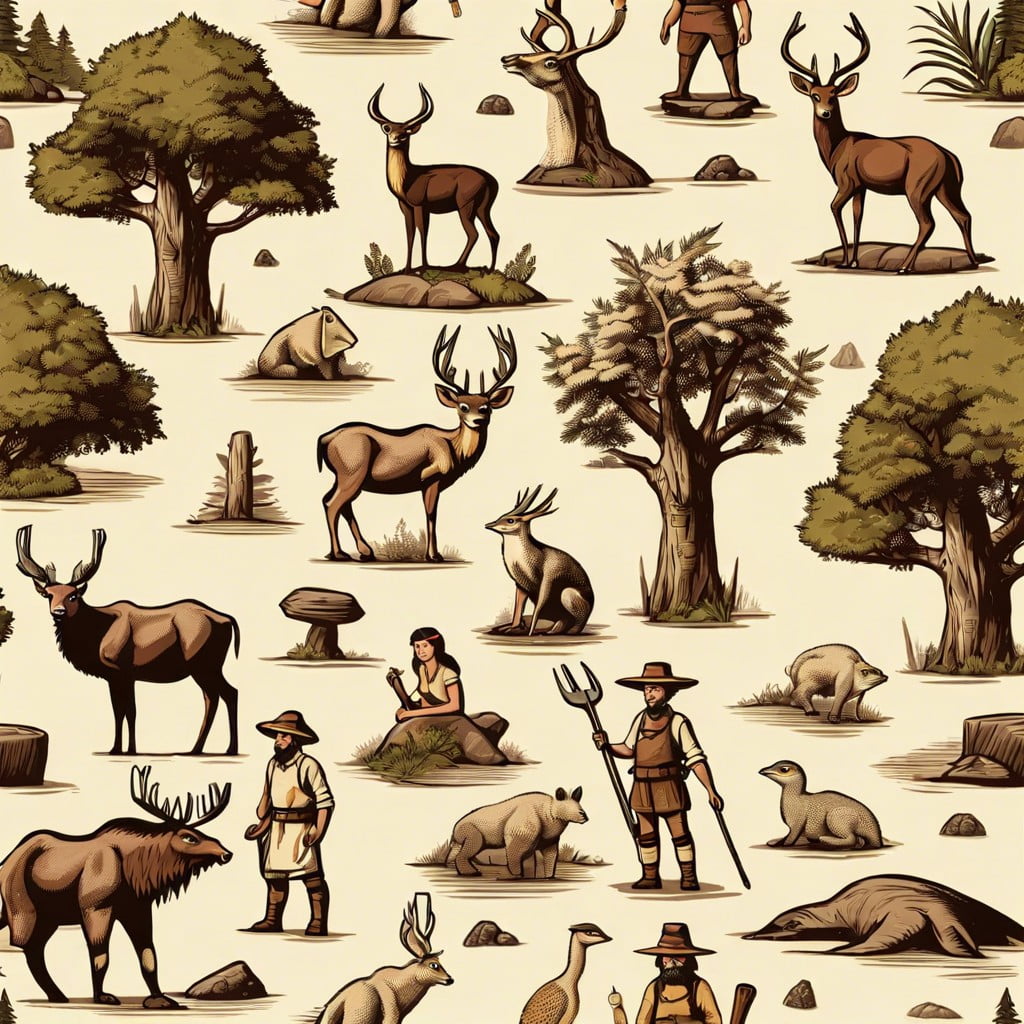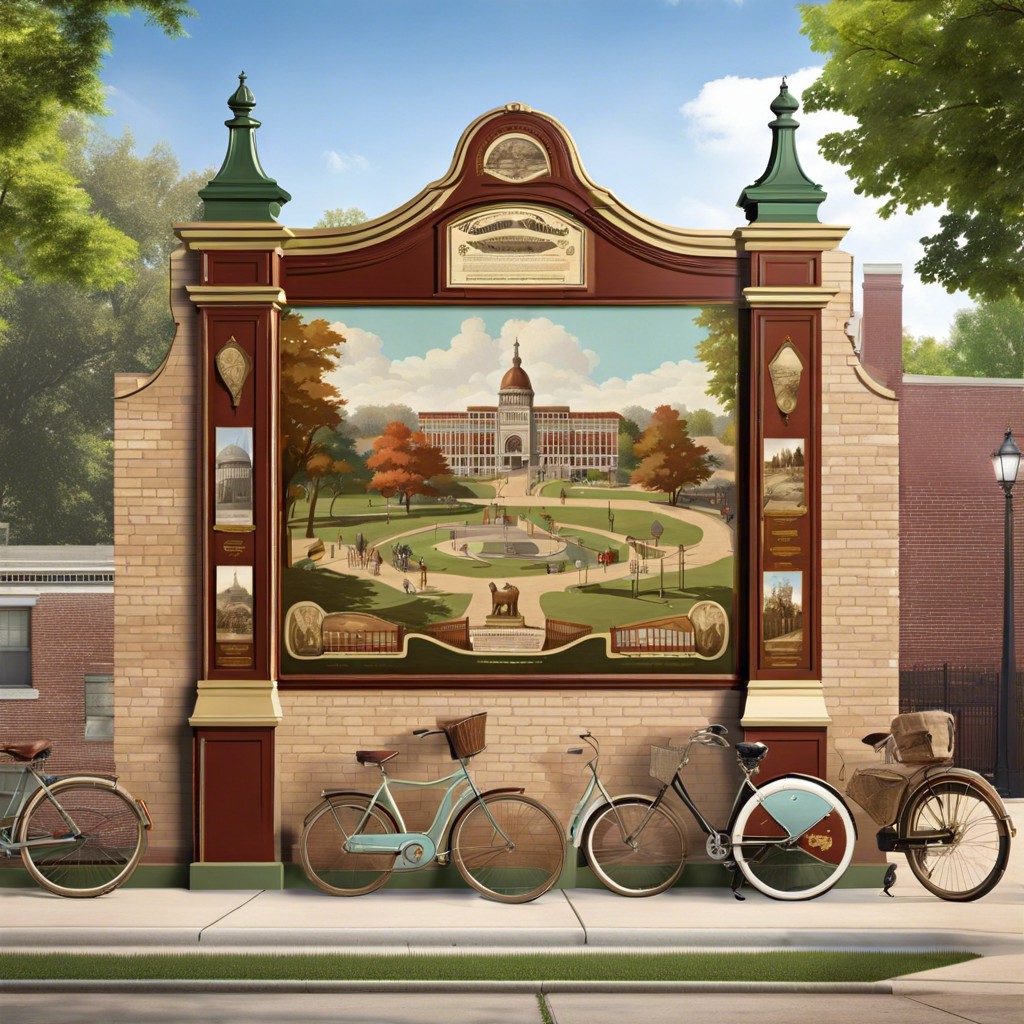Last updated on
Discover the allure and historical significance of vintage items as we examine their unique narratives.
Key takeaways:
- Vintage Story is an open-world survival sandbox game inspired by past civilizations.
- Key features include robust crafting, detailed environmental interaction, strong survival elements, and historical authenticity.
- The game combines survival and sandbox elements, emphasizing resource gathering, crafting, and building.
- Vintage Story lacks traditional leveling systems, allowing players to advance through knowledge and resourcefulness.
- The game has received positive reception for its complexity, depth, attention to detail, and supportive community.
Defining Vintage Story

Vintage Story is an open-world survival sandbox game, emphasizing creativity and exploration. It is inspired by past civilizations, where players discover and shape a procedurally generated world.
- Key features which define this title include:
- Robust crafting and building systems: Players utilize resources to create tools, structures, and machines.
- Detailed environmental interaction: The world features a dynamic ecosystem with soil fertility, seasons, and weather patterns affecting gameplay.
- Strong survival elements: Challenges such as hunger and hostile creatures require strategic thinking and planning.
- Historical authenticity: The developers focused on incorporating elements that reflect the human journey from primitive technology to early industrialization.
The game’s aesthetic is characterized by a pixel art style combined with realistic textures, creating a unique visual experience that sets it apart from other games in the genre.
Core Game Mechanics

Vintage Story harnesses a blend of survival and sandbox elements, compelling players to interact closely with a richly simulated ecosystem. Resource gathering, crafting, and building form the gameplay’s backbone, encouraging exploration and creativity. The game’s physics system introduces a layer of realism with environmental effects on structures and player-made objects.
Players must monitor hunger and health, with nourishment coming from the game’s diverse flora and fauna. The need for food preservation and cooking adds complexity to the survival experience. The game’s intricate crafting system, requiring the discovery and processing of materials, reflects a commitment to detail and authenticity in tools and technology progression.
Terrafirmacraft-inspired mechanics bring depth to geology and metallurgy, demanding players to engage with realistic smelting and forging processes. Seasons impact gameplay with challenges like temperature variations and crop cycles, affecting survival strategies.
Character progression in Vintage Story lacks traditional leveling or skill systems, favoring player knowledge and resourcefulness as the keys to advancement. This, combined with an unguided, open-world exploration, drives a narrative of personal achievement and discovery.
Development History
Vintage Story, an indie sandbox game, began its development in 2016 under the lead of Tyron Madlener, an Austrian software engineer with a passion for the genre. Initially designed as a mod for Minecraft, it evolved into its own entity due to Madlener’s vision of an improved survival experience. The game was developed by Anego Studios, a name that stands for “an ego”, symbolizing the small, passionate team behind the project.
Incorporating feedback from early supporters, the development process of Vintage Story was fueled by community collaboration. The alpha version was released to the public in October 2016, allowing the community to witness and partake in the game’s growth. As it transitioned through its alpha and beta stages, it consistently integrated user feedback, leading to a more polished and community-driven game.
The official version 1.0 was launched in October 2018, signifying the game’s exit from its beta phase. Continuous updates have since expanded the game’s features, focusing on historic accuracy and realism in crafting, building, and survival mechanics. The team’s dedication to creating a richly detailed and historically immersive world showcases the depth of research and commitment to the game’s unique identity.
Community and Modding Impact
Community engagement significantly bolsters a game’s longevity and relevance. In the case of “Vintage Story,” user-generated content via mods has allowed players to expand the game beyond its initial offerings. Enthusiasts can create their own items, tweak gameplay mechanics, or even introduce new storylines. This level of involvement has resulted in a rich tapestry of shared creations, fostering a sense of kinship among players.
Moreover, modding has established an unofficial feedback loop between the community and the developers. Popular modifications often highlight potential areas for official development, subtly guiding the evolution of the game.
Collaborative events organized within the game’s community, such as building competitions or multiplayer survival challenges, contribute to a dynamic experience. These gatherings not only showcase player creativity but also highlight the game’s capacity for social interaction and collective storytelling.
By embracing modding, “Vintage Story” exemplifies how games can act as a platform for communal expression and innovation, enabling users to leave their mark on the game’s world in meaningful ways.
Analysis of the Game’s Reception
The reception of Vintage Story is largely positive, with players praising its complexity and depth. Fans often compare it to Minecraft due to its voxel-based building system, yet they celebrate Vintage Story for its more challenging survival aspects and more realistic crafting processes. The authenticity of the tools and materials within the game, as well as the attention to historical detail, resonate well with players seeking an immersive experience.
Critics commend the game’s attention to ecological and geological detail, noting how biomes and resources are realistically distributed, which in turn affects gameplay strategy. The day-night cycle and seasonal changes that impact the survival mechanics are particularly well-received for adding layers of realism and difficulty.
However, the steep learning curve and occasional lack of direction have been points of criticism. While some players find this enhances the sense of discovery and accomplishment, others find it frustrating.
Community feedback also highlights the aesthetic appeal of the game’s graphics, which, though reminiscent of early block-based games, feature more detailed textures and atmospheric effects, giving Vintage Story a distinctive visual identity.
The ongoing development and frequent updates are positively regarded as signs of the developers’ commitment to the game. This, coupled with a responsive dev team that engages with its player base, helps build a dedicated and growing community around the game.




